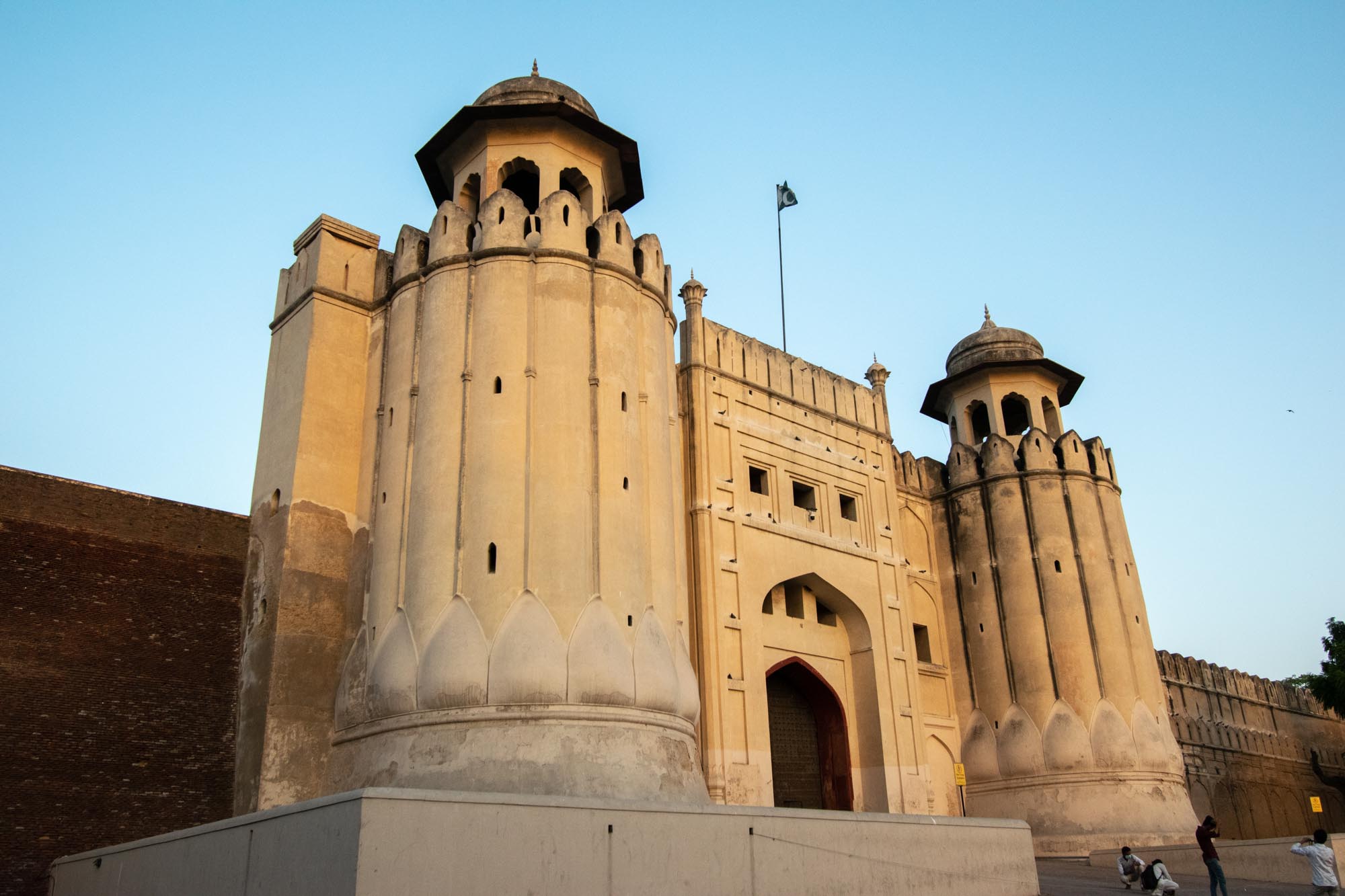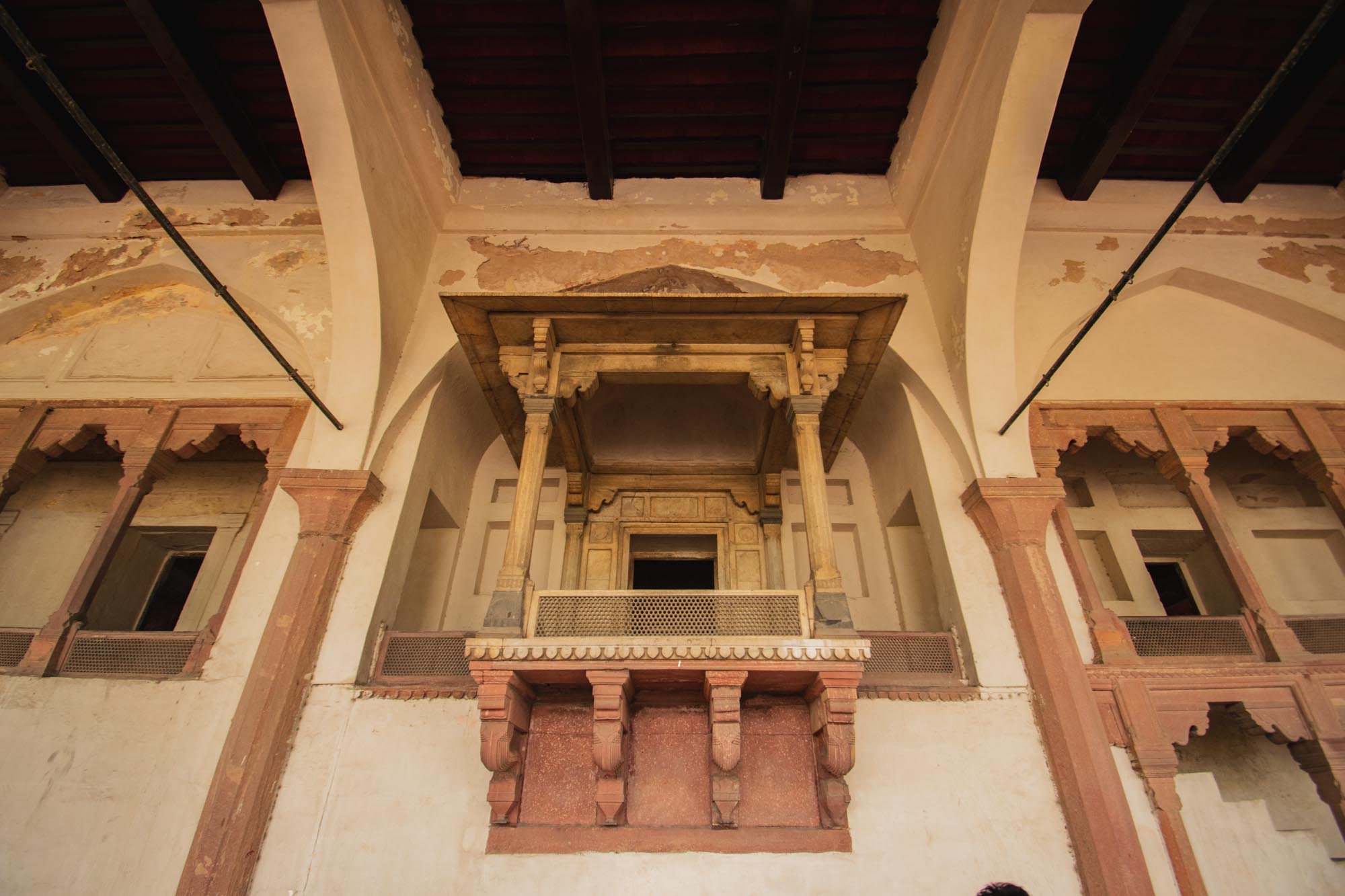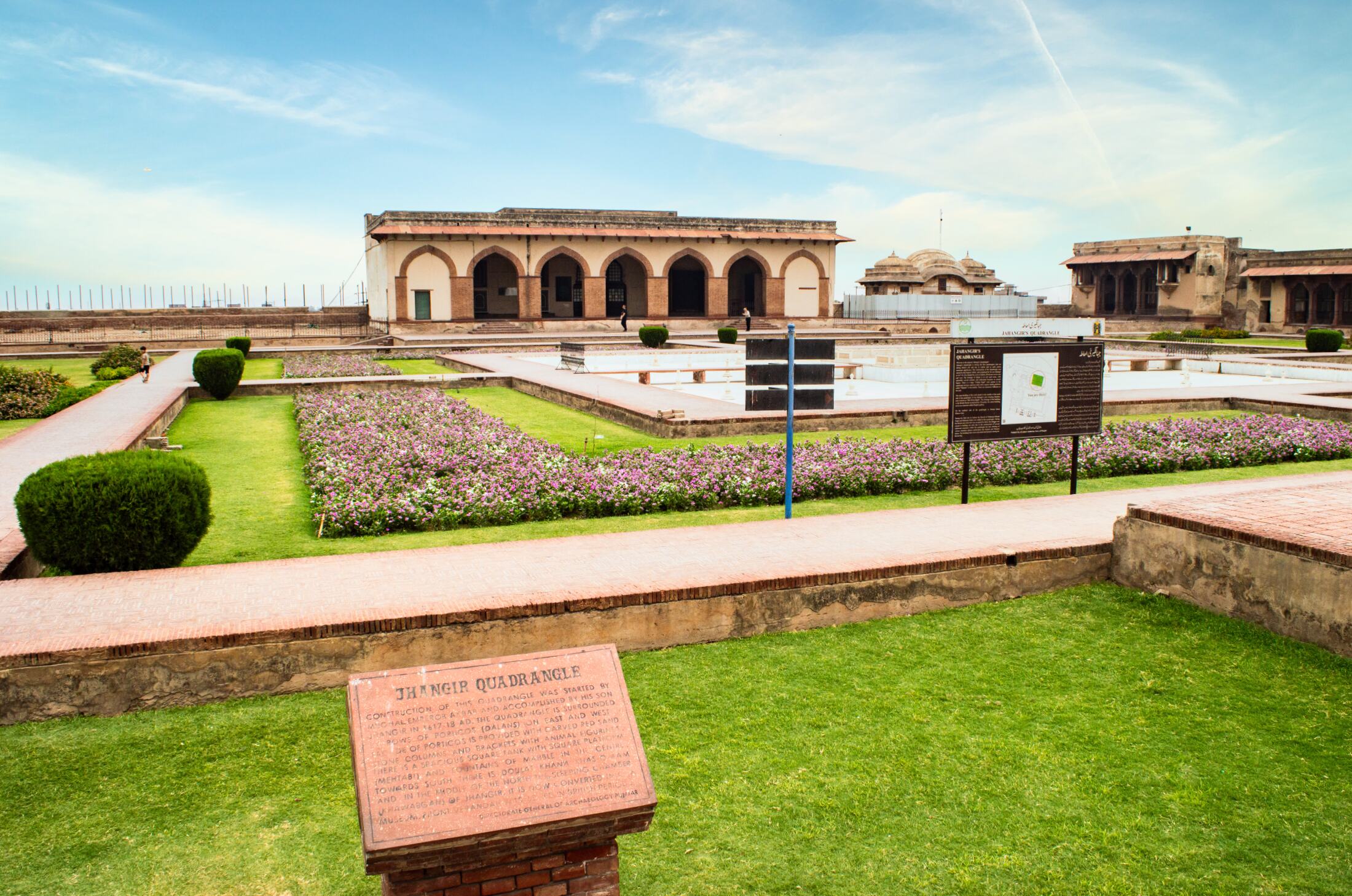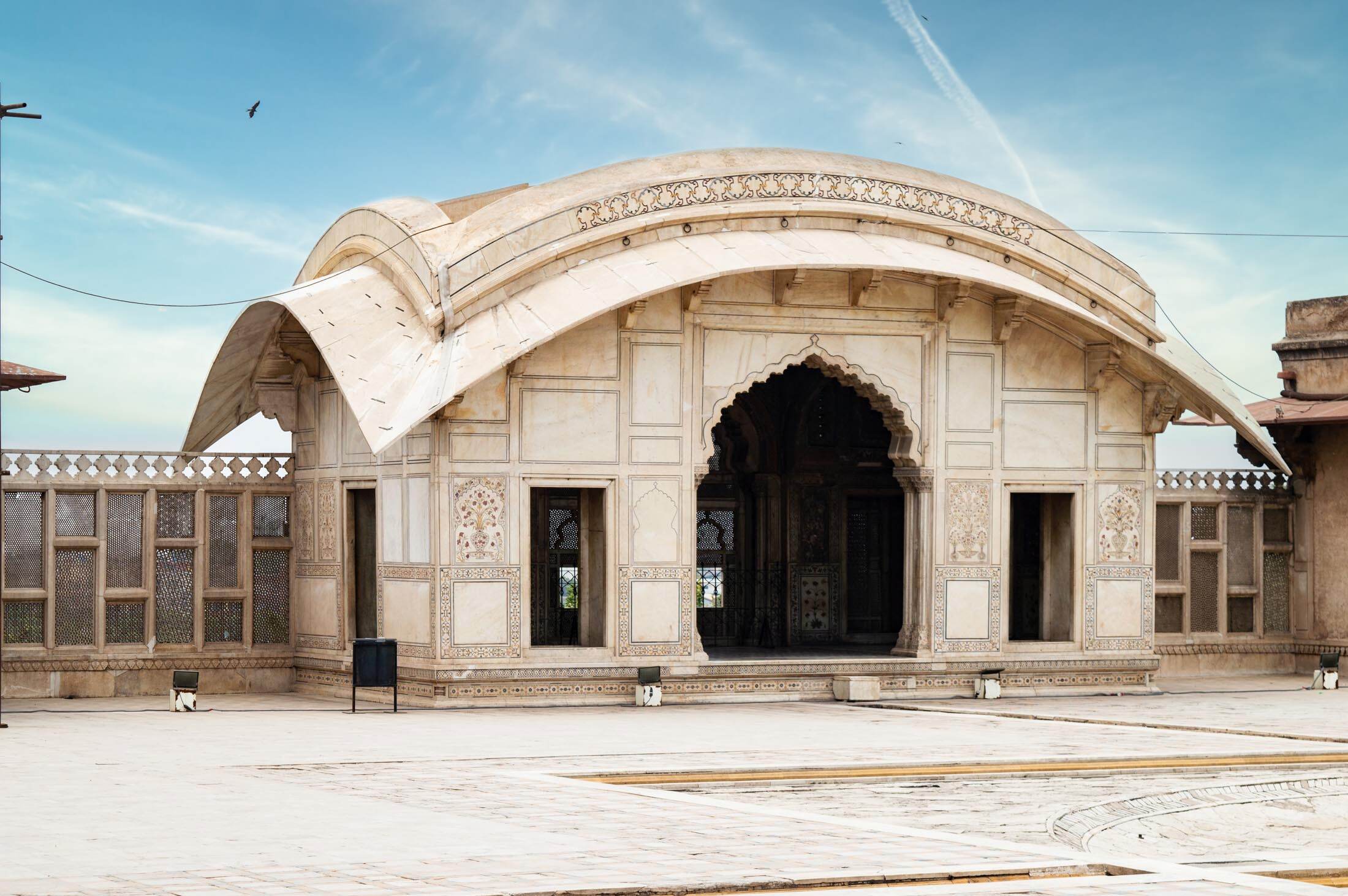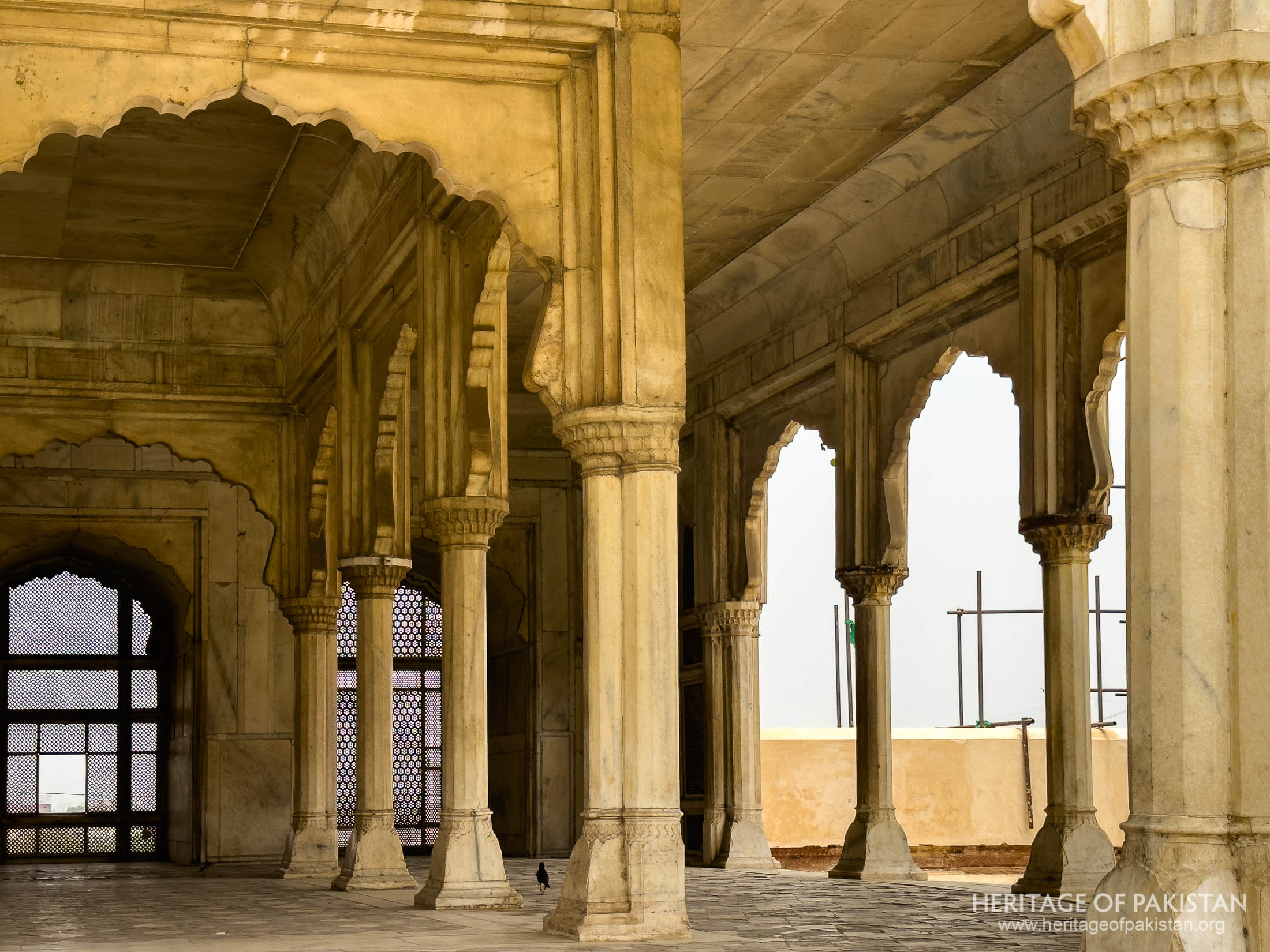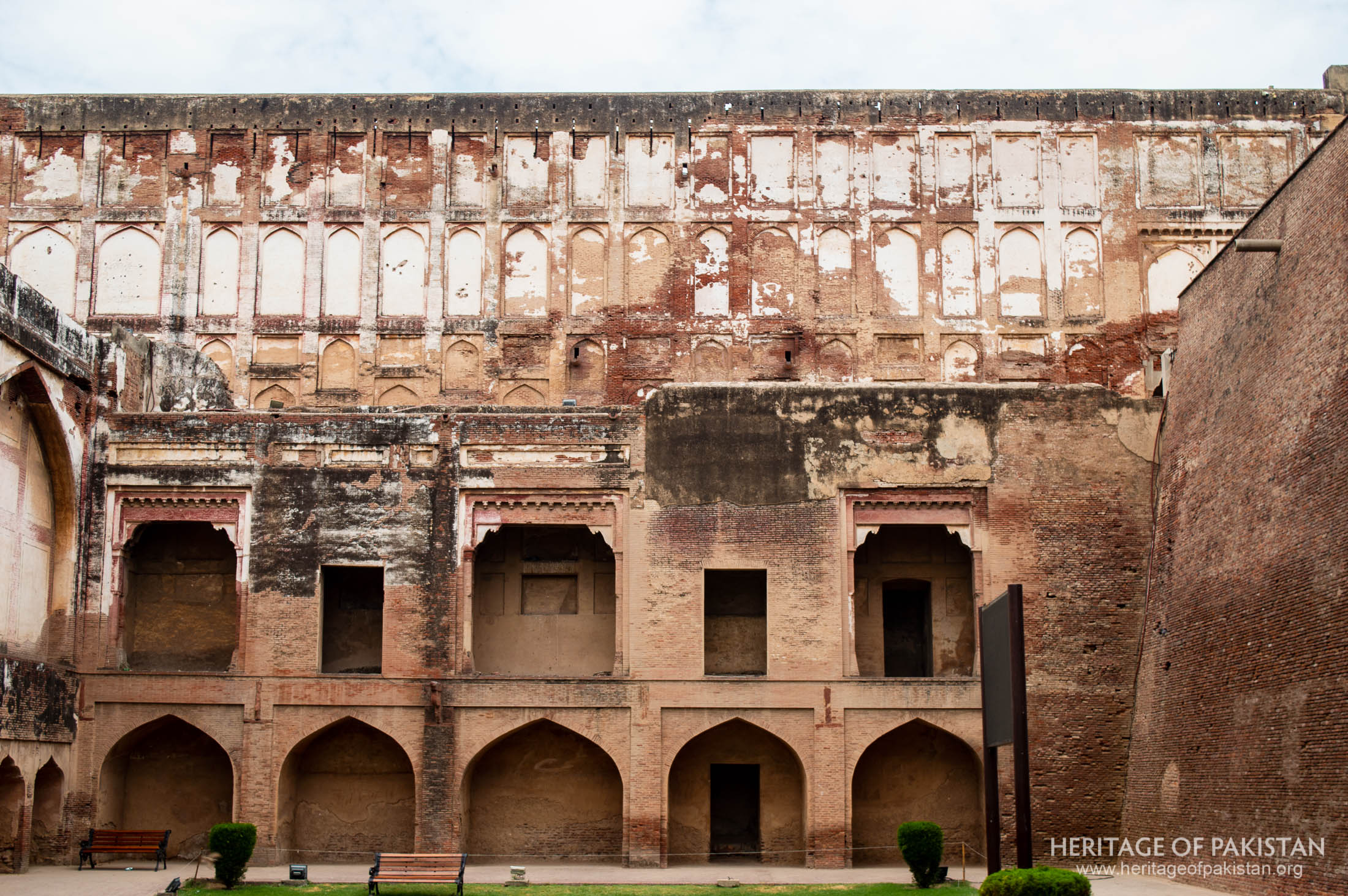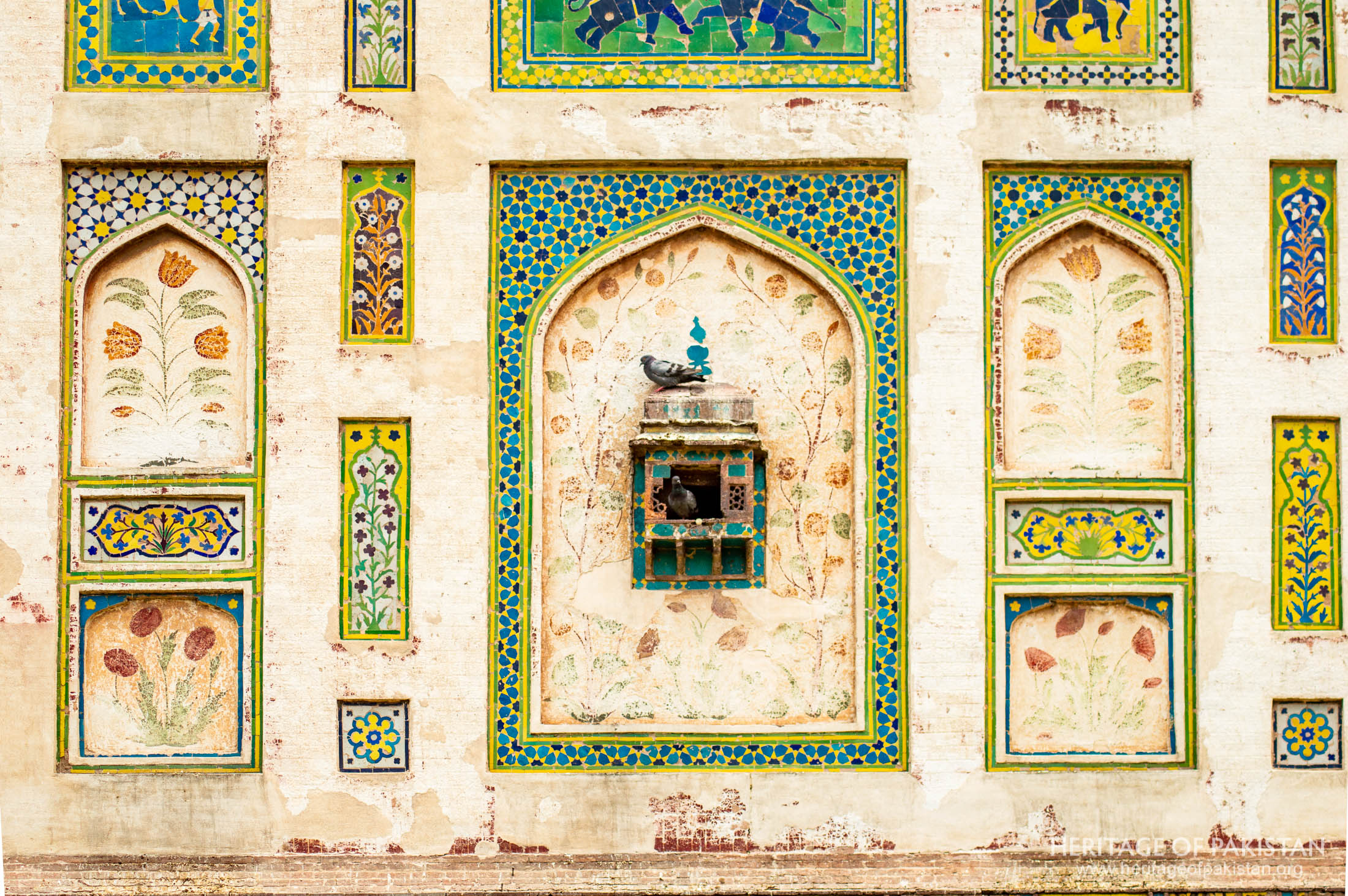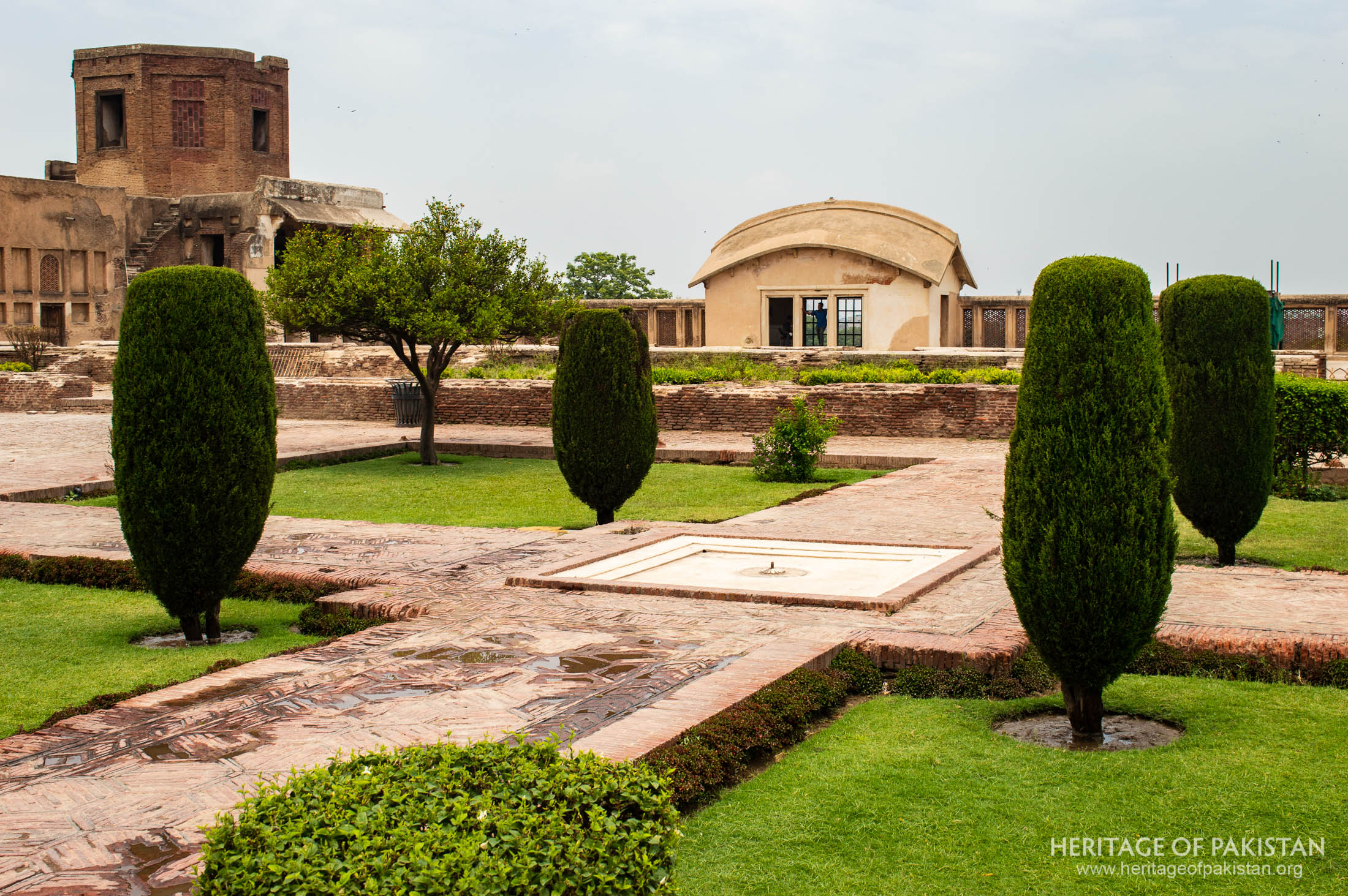Textarea
Lahore Fort, a magnificent Mughal-era fortress in Lahore, Pakistan, stands as one of the finest examples of Mughal architectural excellence.
Over centuries, this fort evolved into a complex of structures, with each Mughal emperor contributing to its splendor.
Notable features within the Lahore Fort include the Diwan-e-Aam, Diwan-e-Khas, Sheesh Mahal, Alamgiri Gate, and the Mosaic Picture Wall, among others
The Fort evolved through various stages of development
Archaeological discoveries, such as coins from the Ghaznavid period, suggest the site was in use long before the Mughal era, possibly as a mud fort. However, the fort in its present form was established by Emperor Akbar in 1566.
The fort is roughly divided into six distinct quadrangles, each representing a unique phase of its evolution
Various parts of the Fort were constructed by various rulers starting from Emperor Akbar in the Mughal Empire to Maharaja Ranjit Singh in the Sikh Empire
The origins of Lahore Fort intertwine with the city’s ancient history. According to legend, Lahore was founded by Prince Loh, a hero from the Ramayana epic, and a temple within the fort is dedicated to him
Lahore Fort represents the epitome of Mughal Architecture and Design
Renowned for its artistic and architectural heritage, the fort is inscribed on the UNESCO World Heritage List.

